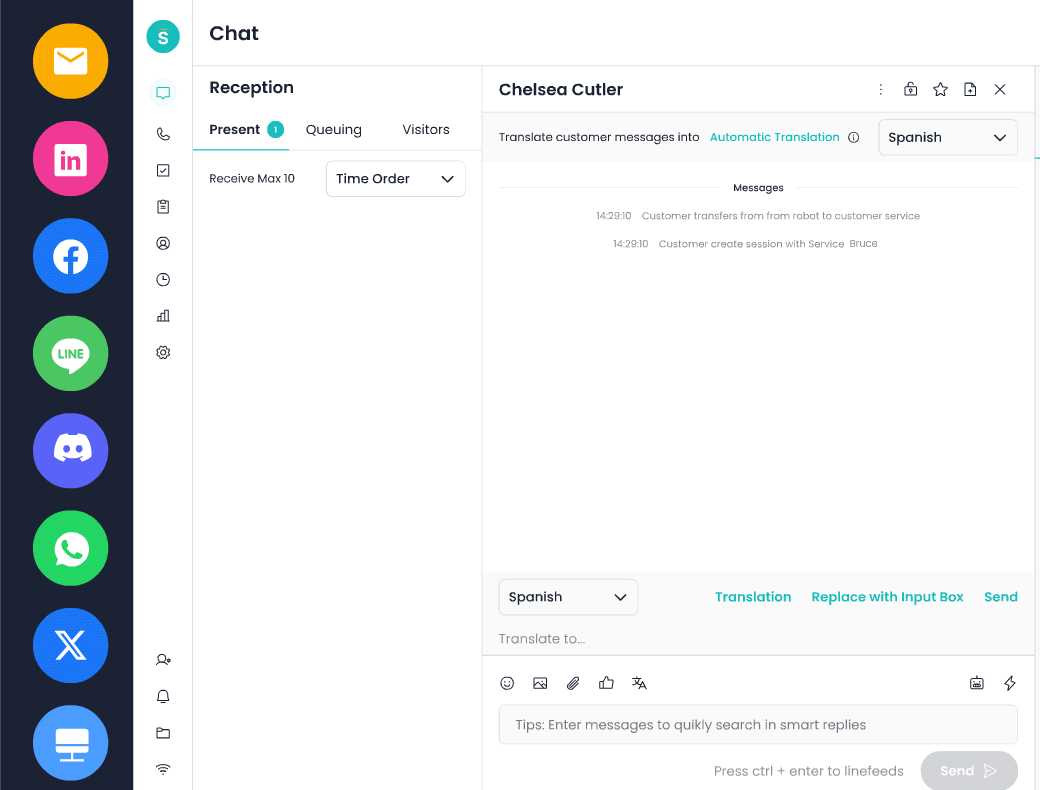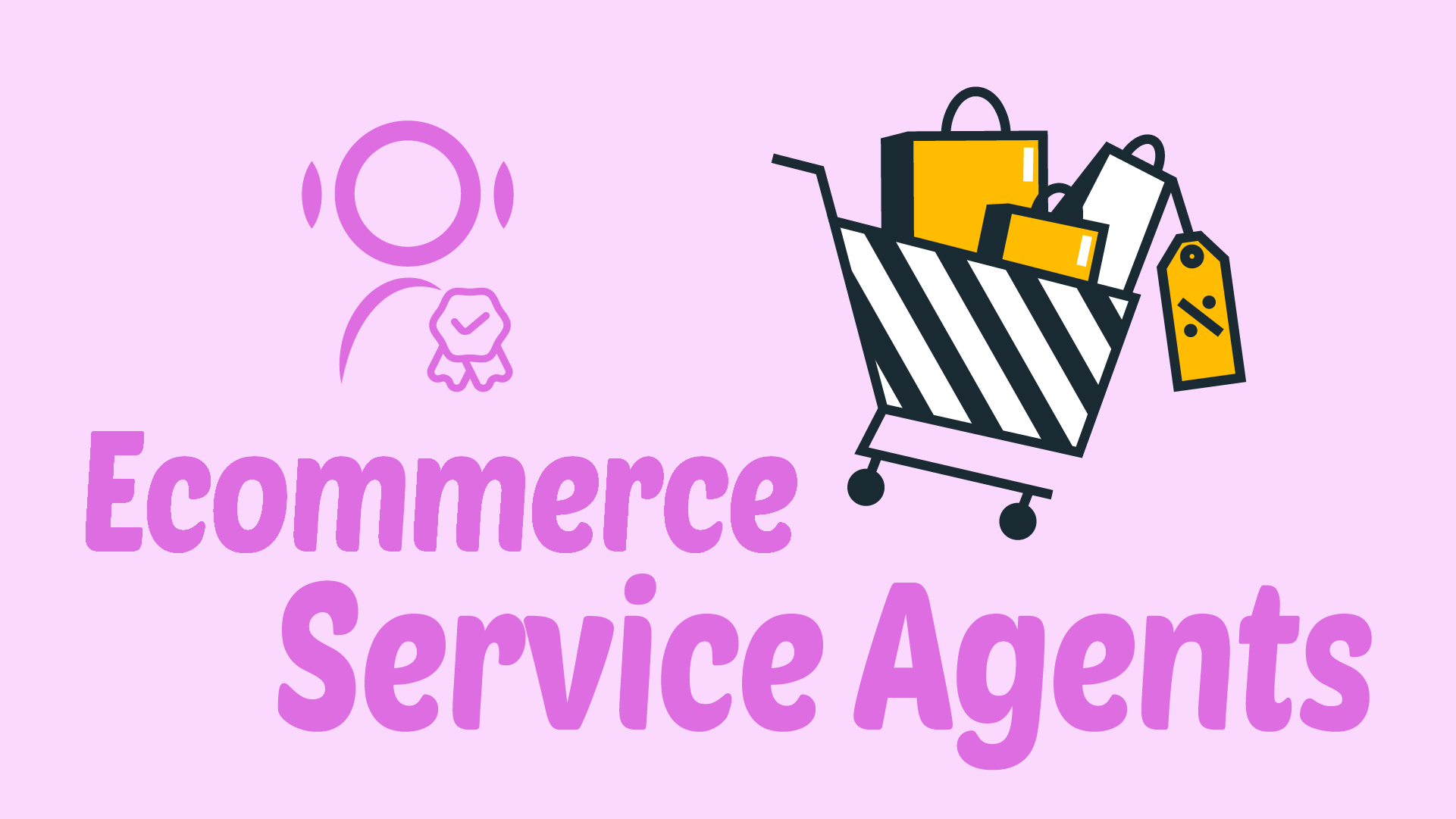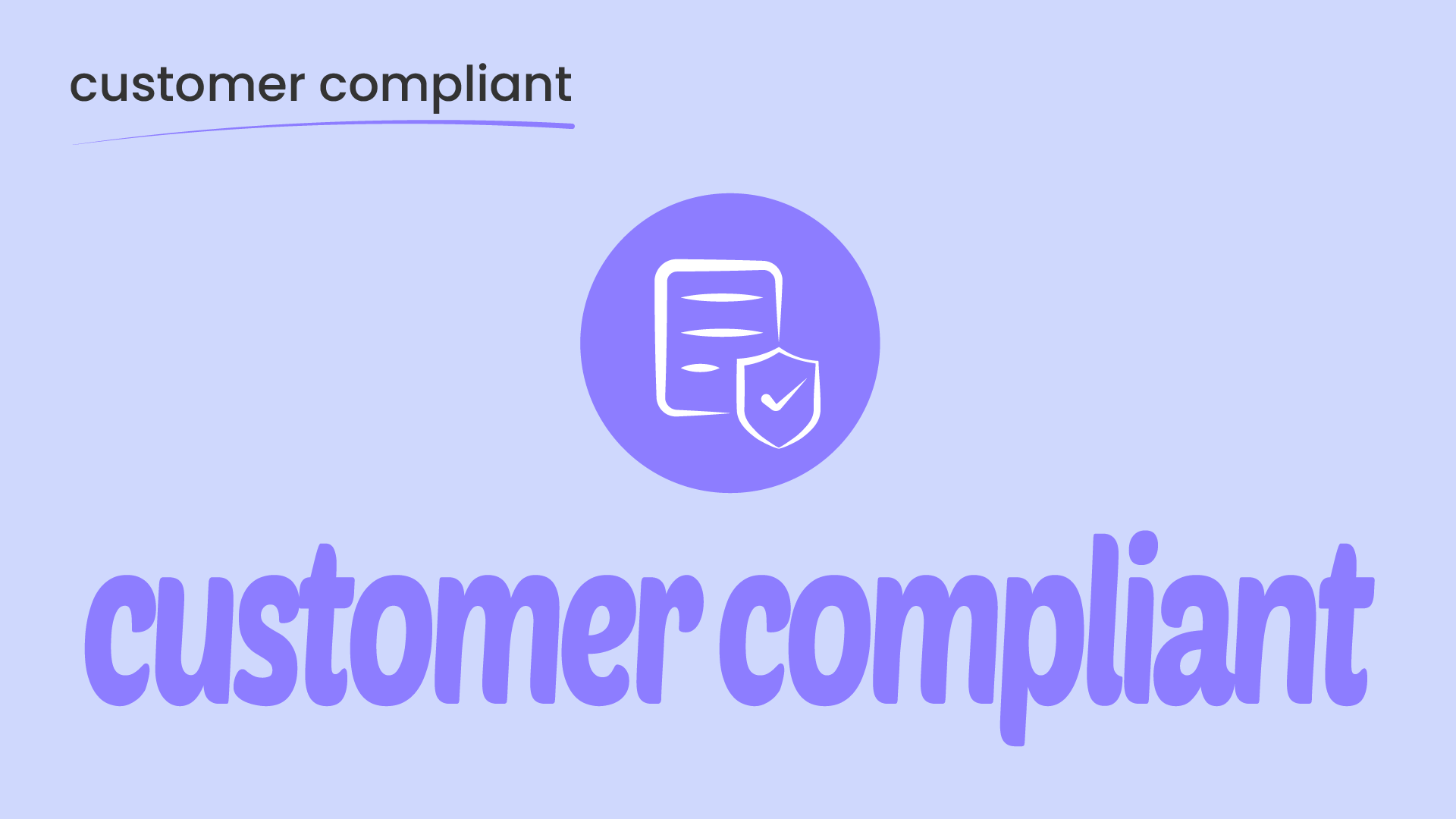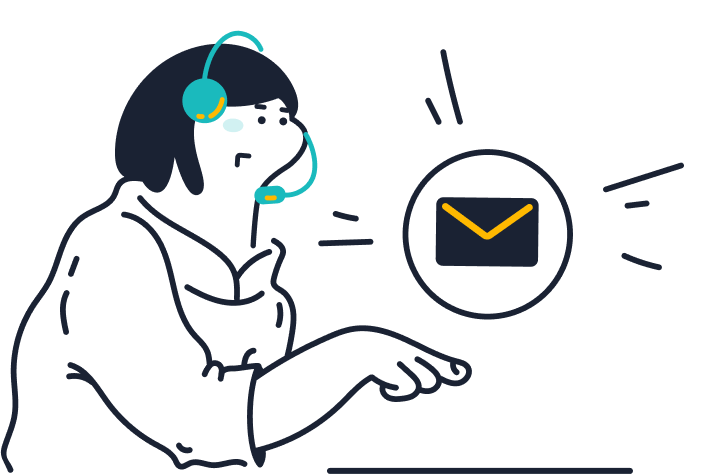Introduction
Customer service in 2025 is no longer a reactive channel. Customer support has become an integral component of brand experience with an ever-growing influence on loyalty, retention, and even revenue growth. As customer technology continues to advance, customers now expect much more than timely responses. If we unpack customer expectations, they want consistency in tone and quality, speed of resolution, and an empathetic interaction where they feel their importance is understood.
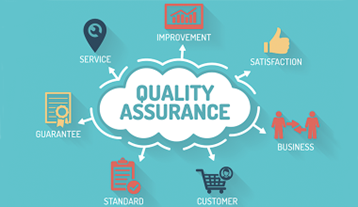
In a world of omnichannel communication and AI-driven interactions, the challenge for organizations is the ever-growing aspiration to provide quality service standards across every customer touchpoint. This is where QA, or quality assurance, in customer support comes into play.
Through QA, service companies can ensure every customer interaction is reflective of the company’s expectations for service quality, compliance, and brand tone. Sobot and many other world-class brands bring cutting-edge tools that enable teams to scale their QA processes, capture direct performance, and apply actionable insights across the support function. If talented support leaders leverage great tech alongside their strategic QA practices, they can build and transform their teams into consistent customer advocates.
What is Quality Assurance (QA) in Customer Support?
Quality assurance in customer support is the systematic review and evaluation of customer contact with support representatives to ensure the service is delivered to established standards. The key difference with QA is that it is an ongoing process. QA does not determine the outcome of the support the customer receives; it concerns how the support is delivered and how the interaction takes place, as well.
The goals of quality assurance in customer support are:

- Consistency of service delivery across representatives and channels
- Integrity of internal/external policies
- Foster customer satisfaction by producing quality customer experiences
Commonly used QA metrics that are reported include:
CSAT (Customer Satisfaction Score): Measurement taken from customers to assess their level of satisfaction after a customer service interaction
FCR (First Contact Resolution): Measures the percentage of customer inquiries resolved in the first customer service interaction
AHT (Average Handle Time): The average amount of time support representatives take to resolve and handle a case
NPS (Net Promoter Score): Measurement of a customer’s level of loyalty to a brand and how likely they are to recommend the brand to others
Internal Quality Scorecards: Scorecards/rubric needed for evaluating compliance, communication skills, empathy, and problem-solving abilities
Why QA is Critical in Modern Customer Support

As customers today continue to challenge standards for customer service, an inconsistent service experience will not be tolerated in the competitive marketplace. The transformation of Quality Assurance (QA) from a reactionary and back-office function to a strategic one has elevated the practice of assuring service excellence throughout the customer journey. QA is not only about monitoring; it is about developing and cultivating a culture of professionalism, precision, empathy, reliability, and accuracy each and every time an agent liaises with a customer.
Consumers engage with brands on multiple platforms, including live chat, email, phone, and social media. QA enables organizations to define those standards and inspect performance to ensure agents are regularly meeting them. Without solid QA practices in place, each agent is left to rely on their style, personal preferences, or their extemporaneous interpretation of the guidelines. The result is inconsistent service, unpredictable customer experiences, and diminished trust.
The most important outcome of a QA framework is consistency: ensuring consistent expectations for service delivery to provide customer experiences that are predictable and identical regardless of the agent. Together with establishing consistency, QA fosters loyalty, decreases churn, identifies service gaps, drives targeted coaching, supports continuous change and improvement.
Consistent, positive experiences with a service increase customer retention, repeat sales, and word of mouth. On the contrary, a single poor experience can shift customers to a competitor, especially in the case of a digital-first experience when customers can find other options at the click of a button. Also, social media can rapidly multiply deliberate and accidental experiences to thousands in hours.
Employing a formal quality assurance (QA) framework can help organizations maintain consistent levels of service and mitigate risk to their brand reputation. Quality assurance includes service experience observation, evaluation, and intervention, which can help mitigate smaller service experiences from becoming larger public relations or reputation challenges.
Problems in Customer Support QA
Although important, QA in customer support has some serious issues.
Discrepancies in manual QA reviews
Because there is room for interpretation, some evaluators intend to apply the guidelines differently, which leads to variability in scoring.
Limited insight into performance trends
If you do not have sufficient analytics and reporting, it could be difficult to see patterns or recurring issues across multiple interactions with a customer.
Limited action from analysis
Certain QA processes report issues without offering resolutions, leaving managers without next steps, even when they have data to work with.
Managing QA at a growing number of interactions.
As more support channels are added (live chat, email, social media, phone, etc.) manually reviewing every interaction becomes difficult and challenging without some sort of automation or way to prioritize.
How to Improve QA Across Customer Support Operations
Improving QA takes a combination of optimizing processes, technology, and getting buy-in from your team. Here are a few proven methods:
1. Develop One Central QA Dashboard
If you combine all manager QA data into one place, you can assess performance in real time by being able to review all metrics at once. This will allow you to quickly recognize trends, compare everyone’s metrics, and identify what performance accountability is.
2. Develop custom scorecards and rubrics
A “one-size-fits-all” set of criteria rarely works. Scorecards should be customized to suit the various support avenues, including but not limited to: live chat, email, and phone. For example, when assessing chats, it is more likely that the ’empathy’ factor would be weighed more heavily than in a technical email response, where accuracy would likely be most pressing.
3. Automate Quality Monitoring Wherever Possible
Automation provides a means to gather a larger radius of interactions and perform more in-depth analysis. AI-based speech and text analytics can flag potential compliance violations, tone issues, or unresolved cases for human action.
4. Implement Tagging and Annotating
Tagging interactions with labels like “billing issue”, “complaint about product”, or “happy customer” identifies commonly trending topics and allows for tactical planning to develop Coaching focus areas.
5. Integrate Feedback and Coaching into the Quality Assessment Process
Quality Assessment should never be a one-way street. Advocate to feed insights back to agents promptly, whether through automated reporting, or scheduled/onsite Coaching sessions. Include both strengths and needs for improvement.
6. Monitor Multi-Channel Interactions
Customers often start a conversation on one channel and continue it on another. Look at a complete journey to evaluate consistency and accuracy for all channels.
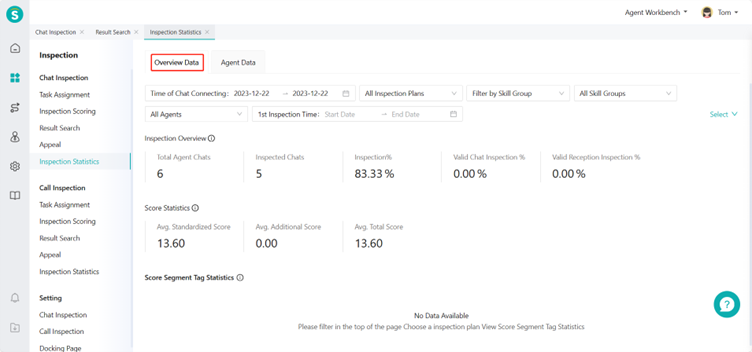
While tools like Sobot can help reduce response fatigue from varying sources of data, not to mention help focus QA generally, at the end of the day, great QA starts with an adequate Quality Assessment process and an attentive management team.
Conclusion
Quality assurance (QA) will define how customers see your business, how loyal they are to your business, and ultimately, your potential growth. By incorporating QA into day-to-day operations and taking advantage of modern-day technology, businesses can scale from reactive service to proactive, personalized, and consistent support.
Sobot offers functionality that can help you automate QA processes at scale, centralize insights, and drive accountability and measurement into your customer interactions. But real magic happens when you create a quality assurance culture defined by consistency, correctness, empathy, and learning.
When you’re ready to take your support QA processes to the next level, set your metrics in line with your customer commitments, invest in scalable technology, and create feedback loops to empower your organization to achieve more.
FAQs
How are Quality Assurance, Quality Control, and Quality Inspection different from each other when it comes to Customer support?
- Quality Assurance (QA) is a prospective ongoing process to ensure services meet required standards. QA involves ensuring standardized processes are improved so as not to allow errors to occur.
- Quality Control (QC) is a retrospective process to identify defects after they have occurred. In the case of customer support, QC will not correct the defects and inconsistencies until quality service is delivered. For example, identifying and reviewing interactions in customer support to fix an issue afterwards.
- Quality Inspection is a much narrower process, often a one-off process to examine the specific output or interaction to ensure it meets requirements. For example, an inspection could involve just taking a random sample of an anonymized call recording and confirming it is compliant.
How often should Customer Support QA be performed?
Continuous QA is best, to continually sample interactions to ensure service continues to be consistent. Weekly or monthly for smaller teams will work, while larger teams will need daily oversight due to time spent on service delivery.
Is manual QA customer support replaceable by automation?
No, not completely. Automation can manage large-scale monitoring and flag possible concerns for the manual evaluator, but nothing can replace the human evaluator for empathy, tonal evaluation, and nuanced problem-solving.
What metrics are the most important to measure in support of QA?
CSAT, FCR, AHT, NPS, and internal quality scores are the most common options. The mix will depend on your business outcomes and what is expected from the customer side.
